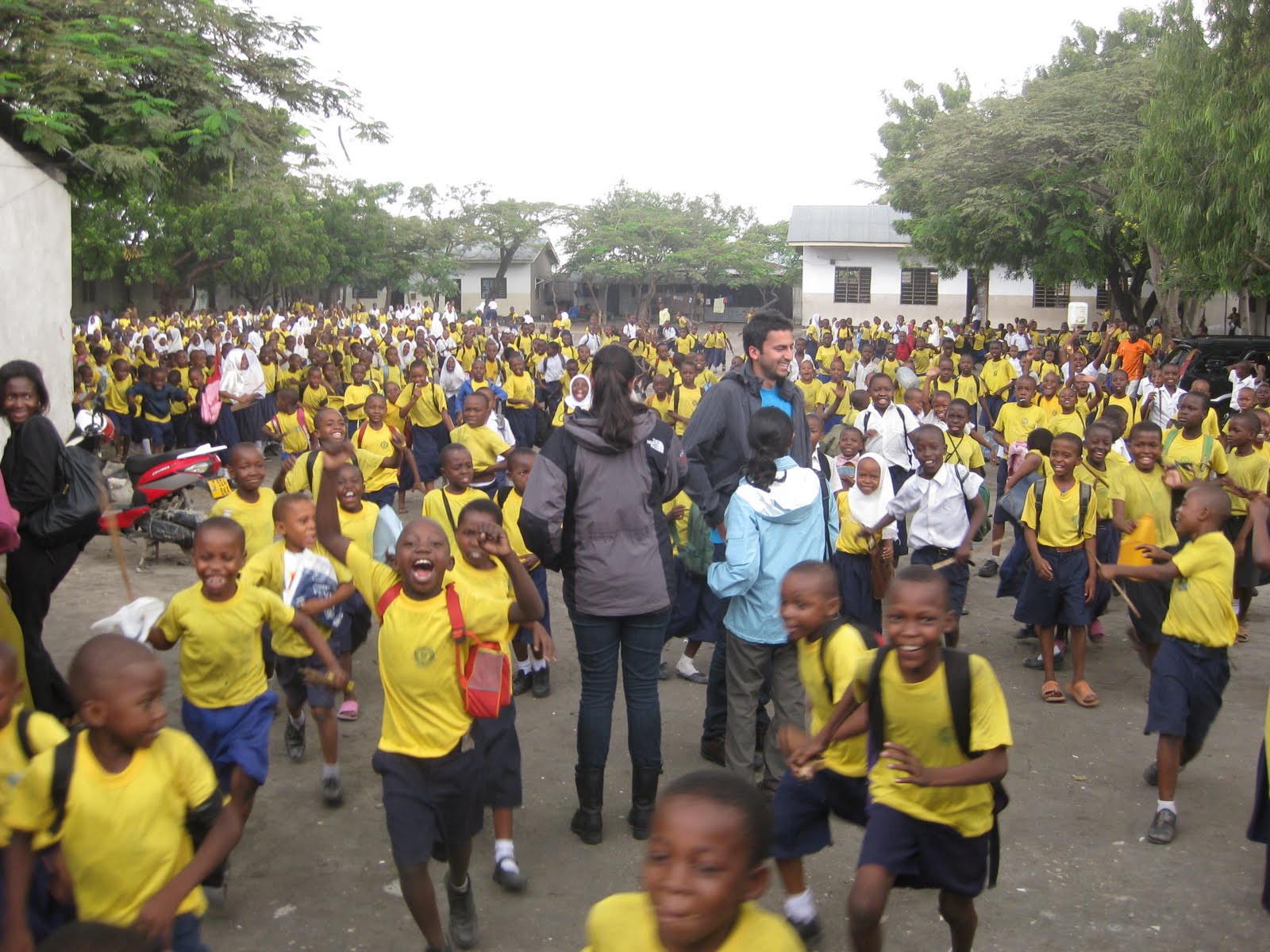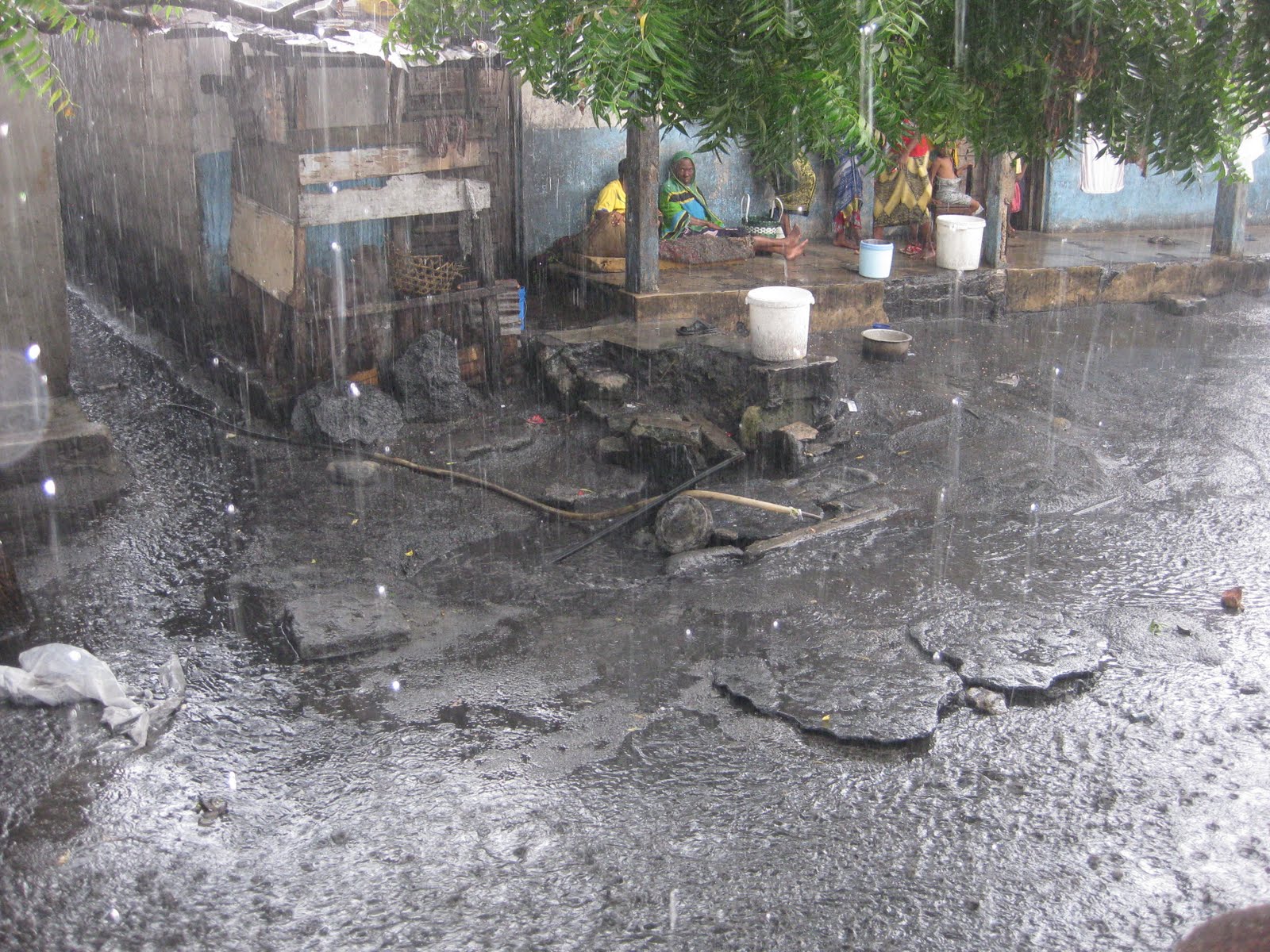Team Latrine Strikes Gold in Tanzania
Rather than talk about the amazing time we are having in Tanzania, including trips to Zanzibar, Mount Kilimanjaro & the Serengeti, I thought I would blog about something a little closer to home…
Humans need to use the bathroom, so much in fact that the average human spends a full 3 years of their life going. Most of us don’t have to think much about it due to the miracles of modern plumbing, which whisks our #1’s and #2’s to somewhere far far away where we never have to worry about them coming back to haunt us.
If however you are 1 of the 2.6 billion people on this planet that has no toilet / outhouse / latrine / hole in the ground / designated box in which to conduct your most private of business, you defecate wherever you can – on the ground, in rivers, down an alley, next to houses and behind bushes. But nobody puts BM’s in a corner. They are carried far and wide – on hands and shoes, in water and on animals, by the wind and the rain – into the food and water supply. So what’s the big deal about ingesting a little bit of fecal matter every now and again? Diarrhea for one, which kills a child every 15 seconds. Thought Cholera was a disease of the past? In 2010, 4,500 people died and 300,000 people were infected by a Cholera outbreak in Haiti when the Artibonite River became contaminated. These are just a few of the many devastating illnesses that claim lives and absorb valuable resources.
So now that you know that poo is kind of a big deal, what to do about it all? The reality of the situation is that we are a long way from building modern sanitation facilities in many countries still struggling to fund their basic infrastructure. In urban slums, like those of Dar es Salaam, the only decent sanitation option at our disposal is the pit latrine. Many slums have built these latrines, and while not luxurious, they provide shelter and a suitable cement container to house the waste. But what happens when this container fills up? You have three choices – pay a significant fee for someone to empty the latrine (by manually digging with a shovel and bucket), pay a significant fee to build another latrine, or pay nothing to return to open defecation. This is where we enter the picture.
Our IBD project is to develop a sustainable business model to derive value from the waste capable of paying for latrine emptying services. To find value in the excreta, we use a fly – the black soldier fly to be precise – whose larvae just love to eat waste. Pig waste, chicken waste, veggie waste and even human waste! What can you do with these plump little protein and fat filled larvae? You can turn them into biodiesel or animal feed. And this is exactly what we have been researching since we arrived in Dar a little over a week ago. Our interviews have ranged from the users of latrines, latrine technicians, water and sanitation NGO’s, biodiesel companies, chicken farmers, and feed producers. From our interviews we have gathered the data needed to build our financial model, which will finally answer the one question that has plagued man for centuries – how to turn shit into gold.
Many thanks to author Rose George and her book, The Big Necessity: The Unmentionable World of Human Waste & Why It Matters, for providing me with the multitude of euphemisms for excrement and many facts about defecation to be used in this blog, as well as an excellent plane read.
Yours Truly,
Team Latrine
Pictured:
1) Adorable kids who regularly have nowhere to go.

2) An example of a very nice pit latrine.

3) What happens when it rains – note the white hose is their only source of fresh drinking water.

—Marissa Chacko
